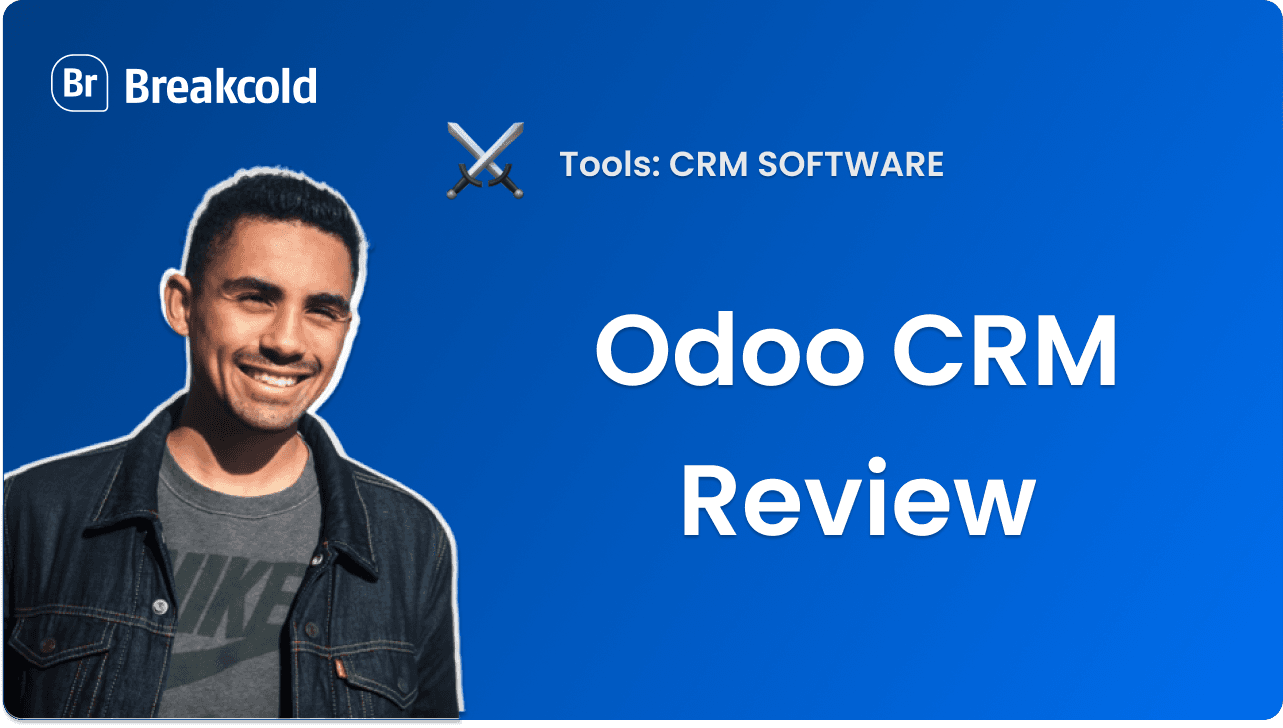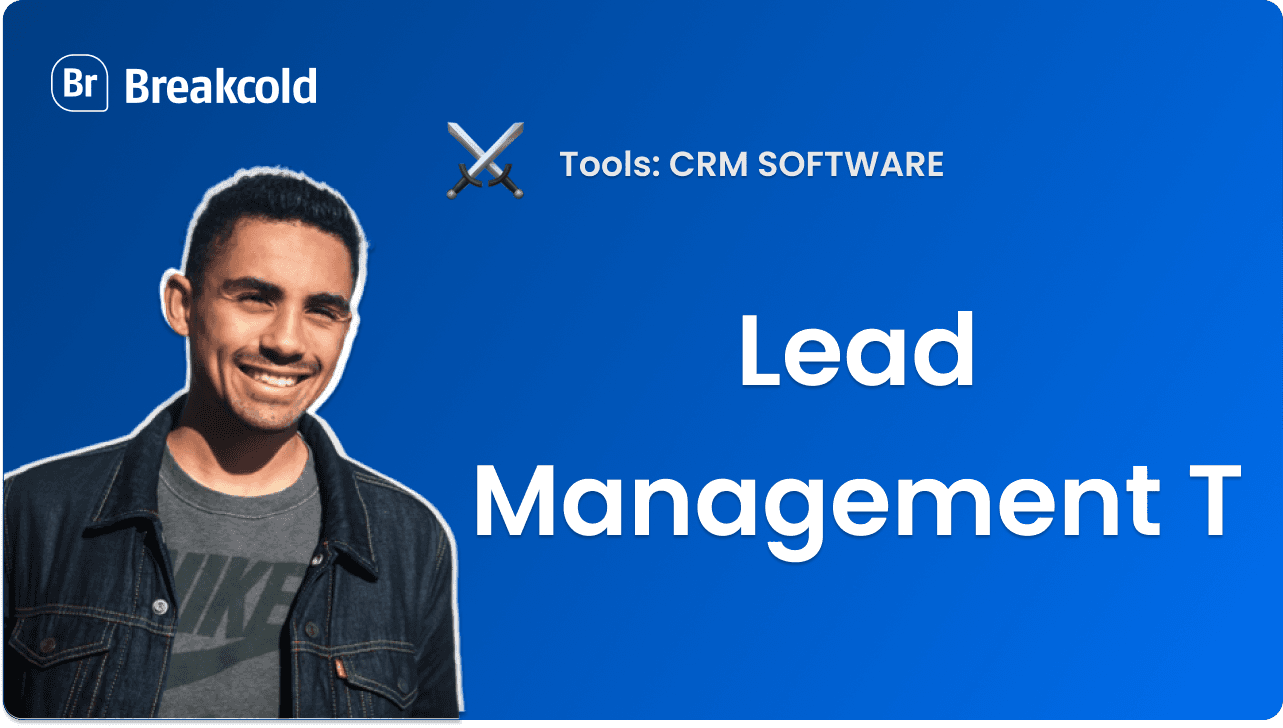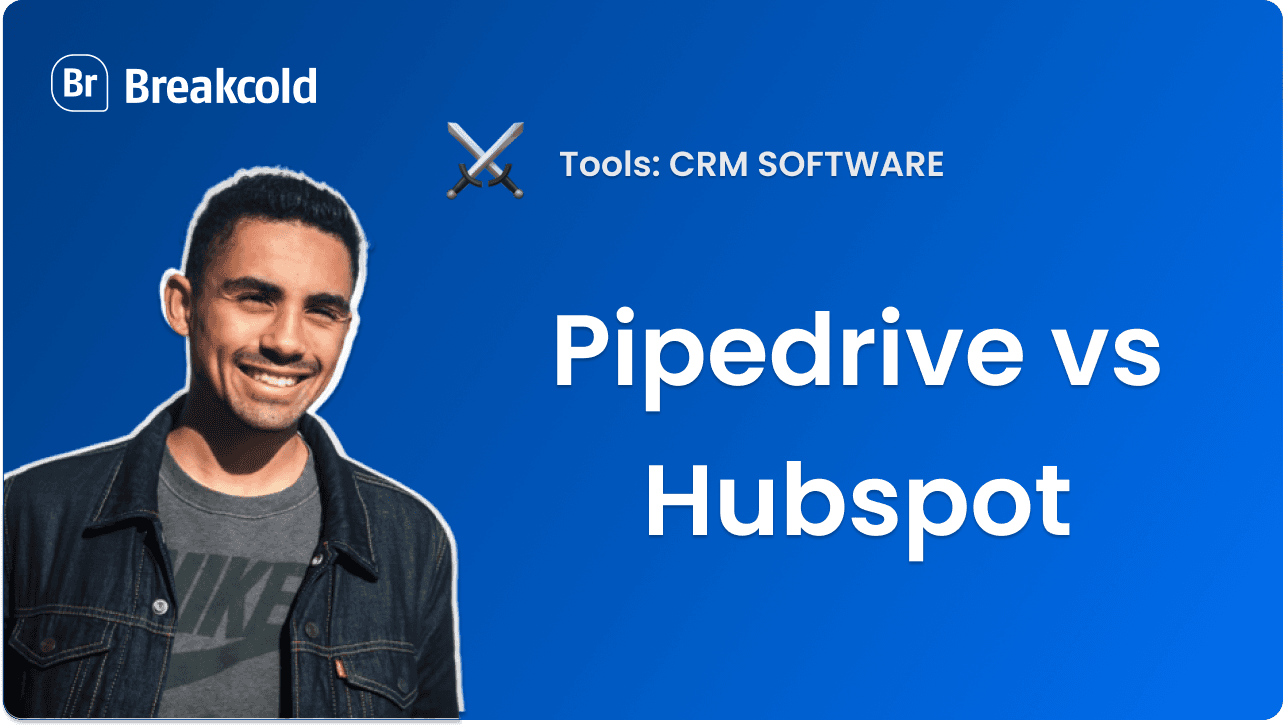
Streak CRM vs Spreadsheets: Which CRM is the Best?
In today's digital age, managing customer relationships is essential for businesses to thrive. Traditional methods such as spreadsheets are effective, but new tools like Streak CRM have emerged as a game-changer. In this article, we will analyze the pros and cons of Streak CRM and spreadsheets, compare their pricing and integrations, and finally help you make an informed decision about which one is the best for your specific needs
Pros and Cons of Streak CRM and Spreadsheets
1. Streak CRM
Streak CRM offers a wide array of features that streamline the customer relationship management process. Its intuitive interface and robust functionality make it an excellent choice for businesses of all sizes. With Streak CRM, you can track leads, manage pipelines, and collaborate seamlessly with team members. Additionally, Streak CRM integrates seamlessly with Gmail, making it convenient for businesses already using Gmail as their email provider.
On the flip side, Streak CRM may not be suitable for businesses with complex sales processes or those that require extensive customization. While it offers a great range of features, it may fall short in meeting highly specific requirements.
One of the standout features of Streak CRM is its ability to track leads. This feature allows businesses to keep a close eye on potential customers and monitor their progress through the sales pipeline. By having a clear overview of the sales process, businesses can identify bottlenecks and make informed decisions to improve their conversion rates.
In addition to lead tracking, Streak CRM also offers seamless collaboration with team members. This feature enables teams to work together efficiently, ensuring that everyone is on the same page and working towards common goals. With Streak CRM, team members can easily share information, assign tasks, and communicate effectively, ultimately enhancing productivity and driving results.
Furthermore, the integration with Gmail is a significant advantage for businesses already using Gmail as their primary email provider. This integration allows users to access Streak CRM directly from their Gmail inbox, eliminating the need to switch between different platforms. It simplifies the workflow and ensures that all customer-related information is easily accessible in one place.
2. Cons of Streak CRM
Despite its numerous advantages, Streak CRM has a few downsides. One major drawback is that it requires a Gmail account to function, limiting its usability for businesses that prefer other email providers. While Gmail is popular and widely used, some businesses may have specific reasons for using alternative email providers, and Streak CRM's reliance on Gmail could be a deal-breaker for them.
Another potential challenge with Streak CRM is the learning curve for users who are not familiar with CRM software. While the interface is intuitive and user-friendly, it still requires some level of understanding and familiarity with CRM concepts. Businesses that are new to CRM software may need to invest time and resources into training their employees to ensure a smooth transition and maximize the benefits of using Streak CRM.
Despite these limitations, Streak CRM remains a powerful tool for managing customer relationships. Its range of features, seamless collaboration, and integration with Gmail make it a compelling choice for businesses looking to streamline their CRM processes.
3. Pros of Spreadsheets
Spreadsheets have long been a staple for managing data, including customer information. They offer maximum flexibility and customization options, providing users with the ability to tailor the spreadsheet to their specific needs. Spreadsheets are also widely known and understood, making it easier for teams to collaborate and share information.
One of the key advantages of using spreadsheets is their versatility. Users can create custom columns, formulas, and functions to manipulate and analyze data in various ways. This flexibility allows businesses to adapt the spreadsheet to their unique requirements and create personalized solutions that cater to their specific needs.
Furthermore, spreadsheets are widely used and understood, making it easier for teams to collaborate and share information. Most employees are familiar with basic spreadsheet functions, such as data entry, sorting, and filtering. This familiarity reduces the learning curve and ensures that teams can quickly adopt and utilize spreadsheets for managing customer information.
Another advantage of spreadsheets is their ability to handle large amounts of data. Businesses dealing with a high volume of customer information can benefit from the scalability of spreadsheets. As the business grows, spreadsheets can accommodate increasing data without compromising performance or requiring significant changes to the existing infrastructure.
4. Cons of Spreadsheets
While spreadsheets have their merits, they do have their fair share of disadvantages. One significant drawback is the lack of automation and integration capabilities. Unlike Streak CRM, spreadsheets require manual data entry and cannot streamline processes or sync data with other tools. As a result, businesses may find themselves spending more time on administrative tasks, which could hinder productivity and growth.
Another limitation of spreadsheets is the potential for human error. Manual data entry and manipulation increase the risk of mistakes, such as typos, incorrect formulas, or accidental deletions. These errors can have significant consequences, especially when dealing with sensitive customer information or critical business data.
Additionally, spreadsheets may not be suitable for businesses with complex sales processes or those that require advanced analytics and reporting capabilities. While spreadsheets can handle basic data analysis, they may fall short when it comes to generating comprehensive reports or visualizing complex sales data.
Despite these limitations, spreadsheets remain a popular choice for businesses that prioritize flexibility and customization. Their versatility and familiarity make them a go-to tool for managing customer information, especially for smaller businesses or those with simpler CRM requirements.
5. Key Differences between Streak CRM and Spreadsheets
It's crucial to understand the key differences between Streak CRM and spreadsheets before deciding which one suits your needs best. Streak CRM is purpose-built for managing customer relationships, providing dedicated features specifically designed for sales and CRM processes. On the other hand, spreadsheets excel in data manipulation and customization but lack the specialized CRM functionality that Streak CRM offers.
Streak CRM's integration with Gmail and seamless collaboration features make it an excellent choice for businesses already using Gmail and looking for a comprehensive CRM solution. It offers a centralized platform for managing customer interactions, tracking leads, and optimizing sales pipelines.
On the other hand, spreadsheets offer maximum flexibility and customization options, making them a versatile tool for managing customer information. They are widely known and understood, making it easier for teams to collaborate and share data. However, spreadsheets lack the dedicated features and automation capabilities that Streak CRM provides.
Ultimately, the choice between Streak CRM and spreadsheets depends on the specific needs and priorities of your business. Consider factors such as the complexity of your sales processes, the need for automation and integration, and the level of customization required to make an informed decision.
How does Streak CRM pricing compare to Spreadsheets?
1. Streak CRM Pricing
Streak CRM offers a variety of pricing plans to fit different business requirements. Their plans start with a free option, which includes basic features and is suitable for small teams or individuals. The paid plans range from $49 to $129 per user per month, offering enhanced functionality and customization options.
2. Spreadsheets Pricing
Spreadsheets, being a part of productivity software suites like Microsoft Office or Google Workspace, are often included in the overall pricing structure of these suites. Therefore, the cost of using spreadsheets is typically bundled with other software applications.
3. Pricing Comparison
When comparing the pricing models of Streak CRM and spreadsheets, it's important to consider the value each brings to your business. While spreadsheets may seem like a cost-effective solution due to their inclusion in productivity suites, the dedicated functionality and time-saving features of Streak CRM may outweigh the additional cost.
How do Streak CRM integrations compare to Spreadsheets?
1. Streak CRM Integrations
Streak CRM integrates seamlessly with a range of popular tools and platforms, including Gmail, Google Drive, and Slack. These integrations allow for smooth data transfer and minimize the need for manual data entry. With Streak CRM, you can consolidate your communication channels and centralize your customer data, ensuring a more efficient and streamlined workflow.
2. Spreadsheets Integrations
Spreadsheets also offer a wide range of integrations, particularly with cloud storage services, project management tools, and data visualization platforms. However, these integrations often require additional setup and manual data transfer, which can be time-consuming and prone to errors.
Which one is the Best for You?
1. The Best for Salespeople
If you are a salesperson looking for a CRM that streamlines your sales process and provides dedicated features for managing leads and pipelines, Streak CRM is the best choice for you. Its seamless integration with Gmail and intuitive interface make it easy to use, helping you stay focused on closing deals.
2. The Best for Consultants
Consultants, with their diverse client base and need for customizable solutions, may find spreadsheets more suitable for their needs. Spreadsheets offer greater flexibility in data manipulation and customization, allowing consultants to create tailor-made solutions for their clients.
3. The Best for Digital Marketing Agencies
Digital marketing agencies often deal with vast amounts of data and require tools that can efficiently manage and analyze it. Streak CRM's dedicated CRM features, coupled with its integrations with popular marketing tools, make it the best choice for digital marketing agencies. Its ability to track campaigns, monitor leads, and collaborate with team members provides agencies with the necessary tools to drive marketing success.
In conclusion, Streak CRM and spreadsheets both have their advantages and disadvantages. Streak CRM offers dedicated CRM functionality, seamless integrations, and automation capabilities that can greatly enhance your customer relationship management process. Spreadsheets, on the other hand, provide flexibility and customization options that can be valuable in certain contexts. Understanding your specific needs and the unique requirements of your business will help you determine which solution is the best fit for you. So, whether you choose Streak CRM or spreadsheets, remember to prioritize efficiency, productivity, and the ability to optimize your customer relationships in the long run.




























![The 8 Best Social CRM Software in 2026 [Comparison]](https://framerusercontent.com/images/RYHyYapdgIi83BEWtMdX418.png?width=1280&height=720)
![The 6 Best LinkedIn CRM in 2026 [Comparison]](https://framerusercontent.com/images/Luywfni7ZKjb19yghbhNPy4I4qQ.png?width=1280&height=720)









































































































































































